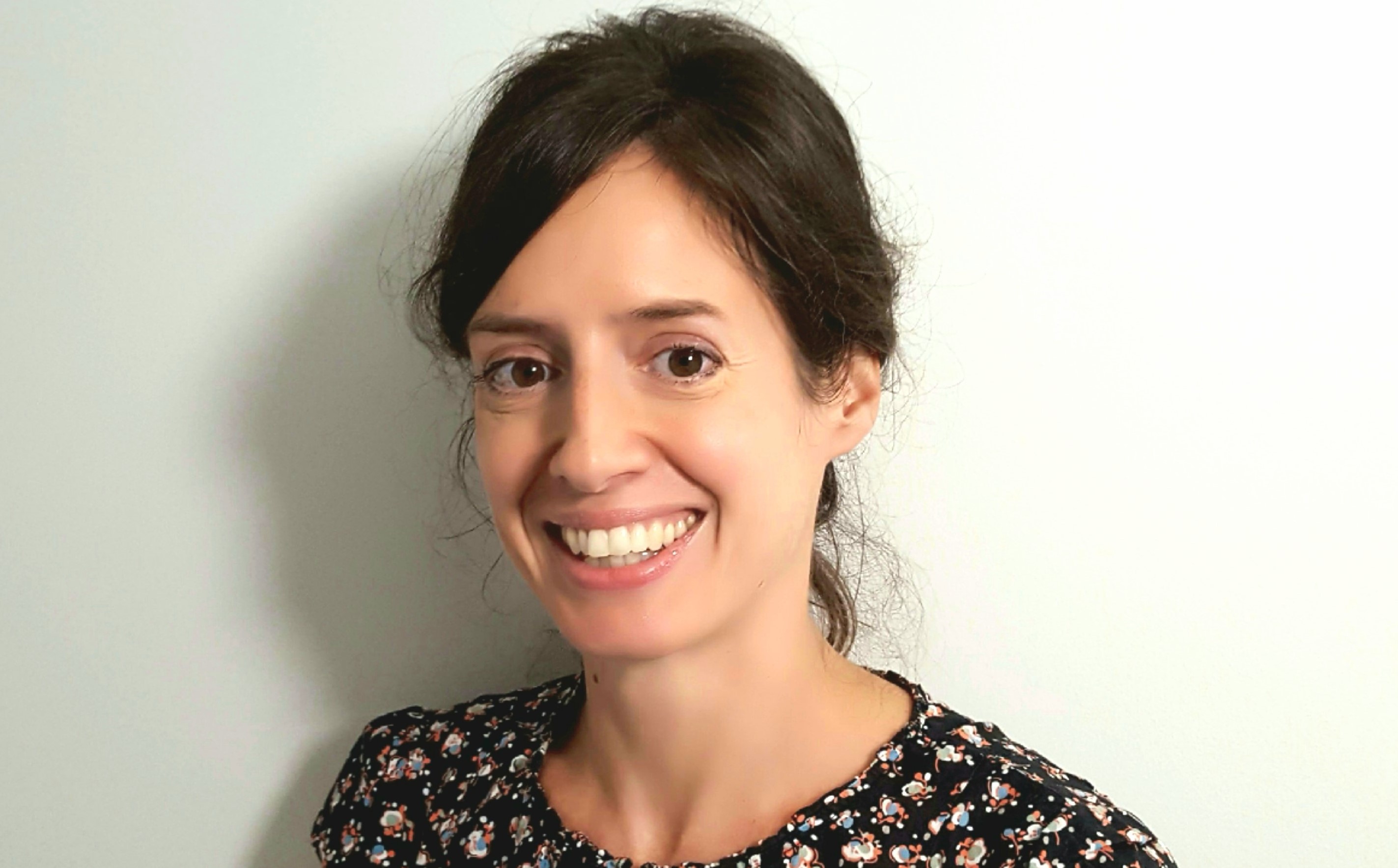The Education Policy Institute (EPI) Annual Report looks at the state of education in England, with a focus on the attainment gap between disadvantaged pupils and their peers.
EPI’s 2023 Annual Report compares student attainment in examinations sat in 2022 to the last time examinations took place, in 2019. The report consists of two instalments.
The first, published in October 2023, examined the attainment gap between disadvantaged pupils and their peers up to the end of secondary school, including pupils eligible for Free School Meals, with Special Education Needs and Disabilities (SEND) and from different ethnic backgrounds.
The second phase, published in December 2023, builds on this to include students in 16-19 education and those with English as an additional language (EAL), as well as attainment gaps based on gender. This also looks at how the gap between disadvantaged students and their peers varies across regions, local authorities and opportunity areas.
You can access these phases of the 2023 EPI Annual Report, as well as our Executive Summary, using the links below.
annual-report-2023-16-19 education
Below, you can also find links to EPI’s previous reports on the disadvantage gap:
Covid-19 and disadvantage gaps in England 2021
Covid-19 and Disadvantage gaps in England 2020
This report has been kindly funded by the Sequoia Trust and Unbound Philanthropy.

Unbound Philanthropy is an independent private grantmaking foundation that invests in leaders and organizations in the US and UK working to build a vibrant, welcoming society and just immigration system.
This publication includes analysis of the National Pupil Database (NPD). The Department for Education is responsible for the collation and management of the NPD and is the Data Controller of NPD data. Any inferences or conclusions derived from the NPD in this publication are the responsibility of the Education Policy Institute and not the Department for Education.
This work contains statistical data from ONS which is Crown Copyright. The use of the ONS statistical data in this work does not imply the endorsement of the ONS in relation to the interpretation or analysis of the statistical data. This work uses research datasets which may not exactly reproduce National Statistics aggregates. The analysis was carried out in the Secure Research Service, part of the Office for National Statistics.


